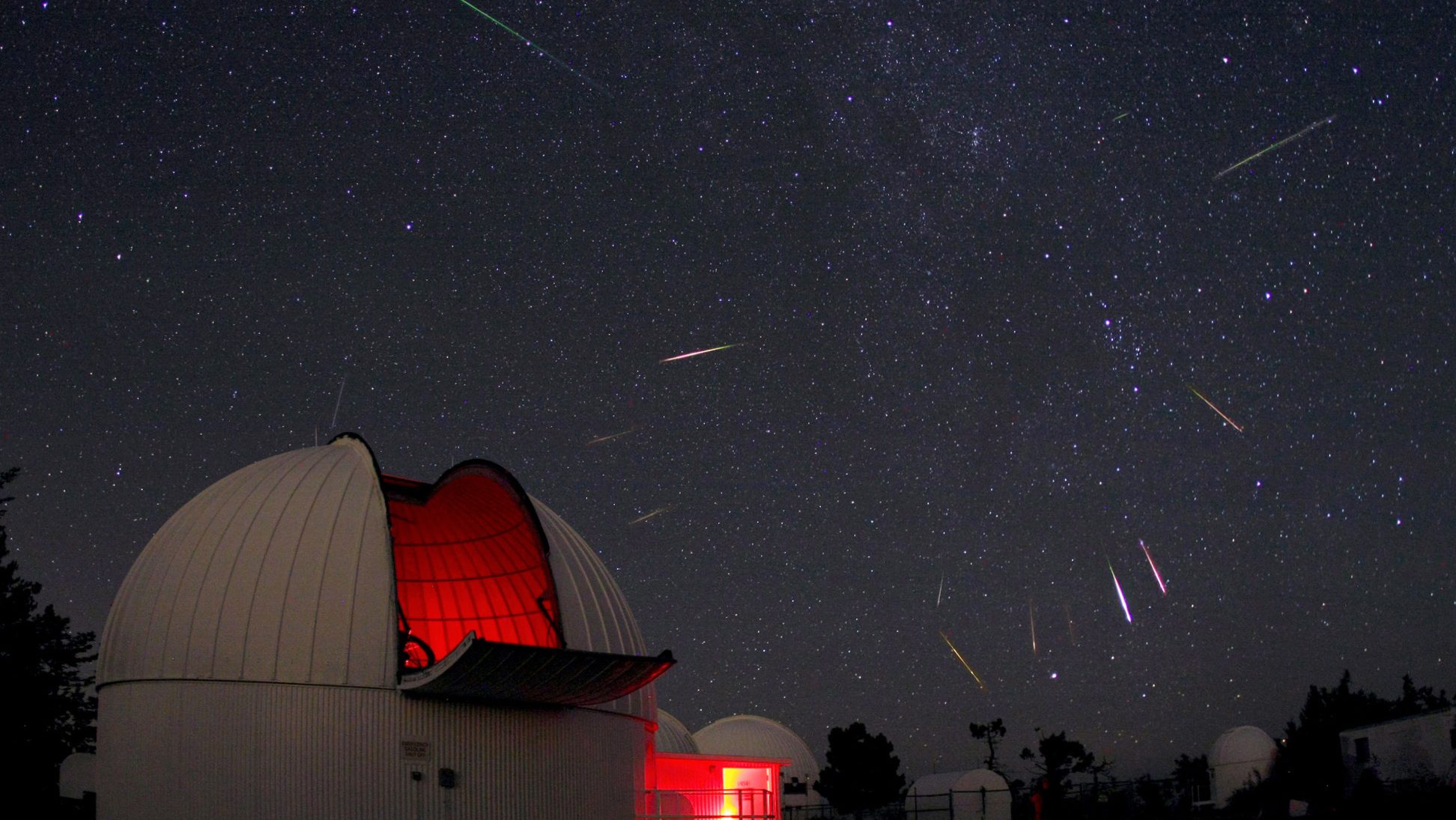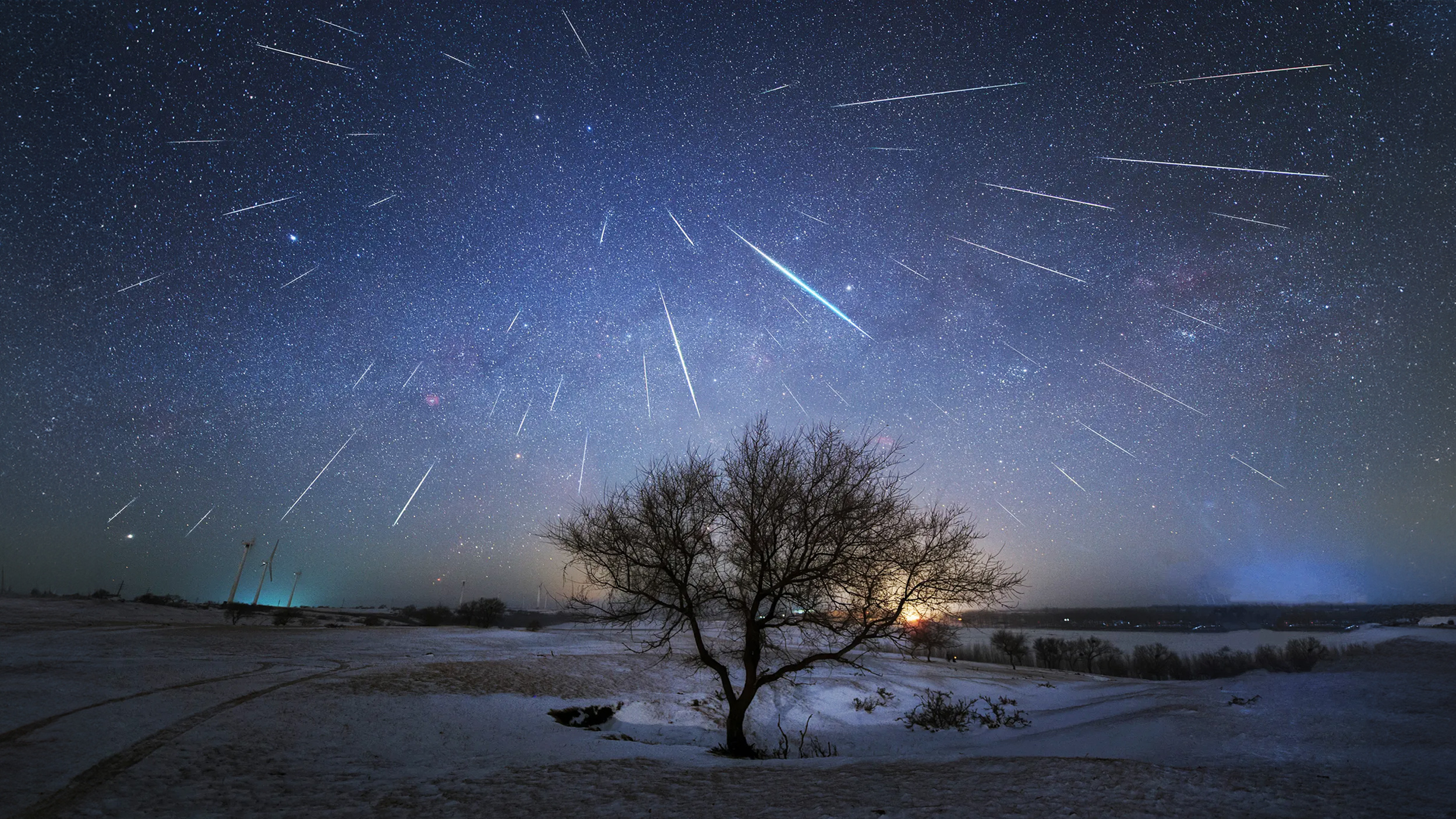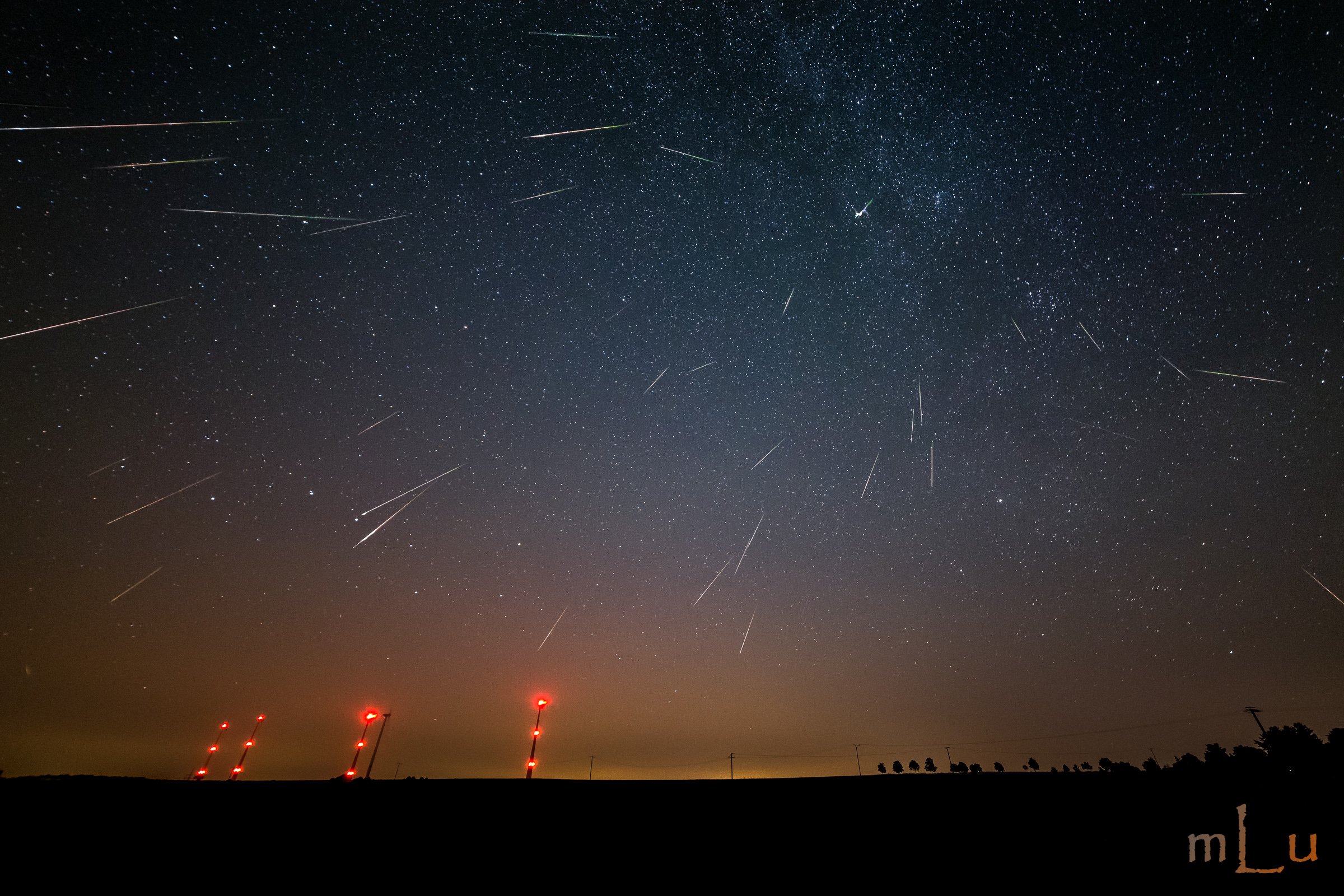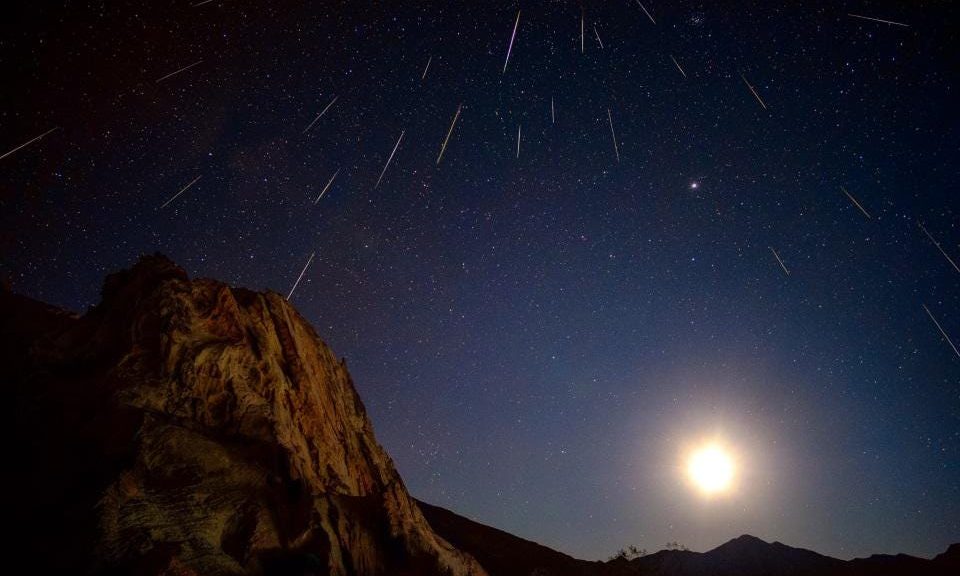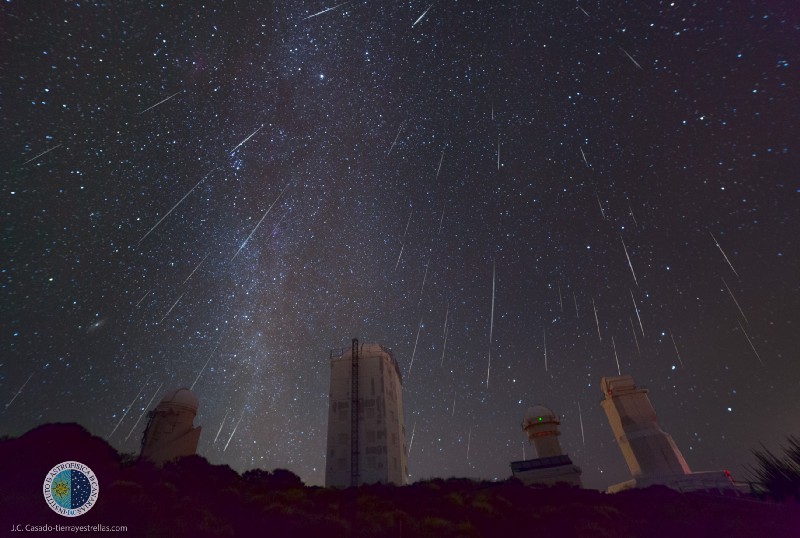Meteor Peak
Last night the world’s most prolific “annual cosmic fireworks show” twinkled across the night sky with the peak of the Geminid meteor shower. Just a month after the Leonid meteor shower peaked, last night’s display showed as many as 140 shooting stars every hour. “Favoring observers in the Northern Hemisphere, the Geminids are expected to be most frequent within two hours of 1:10 a.m. ET in the wee hours of Monday. The shower’s radiant—the point in the sky from which the meteors appear to originate—is the constellation Gemini, which rises above the eastern horizon after 9 p.m. local time… As with any meteor shower, the Geminids will be muted in light-polluted cities, but even suburban sky-watchers may catch as many as 60 meteors per hour during peak time.”
